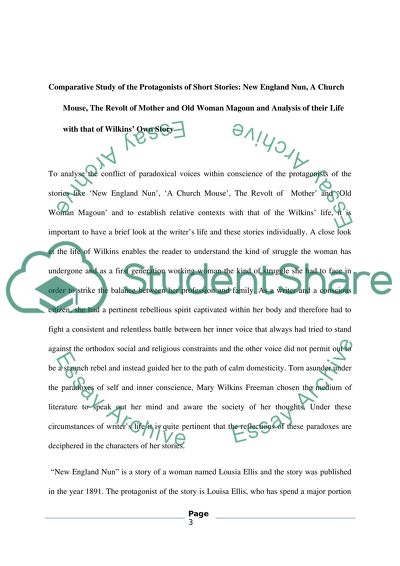Cite this document
(“Mary Wilkins-Freeman Research Paper Example | Topics and Well Written Essays - 1500 words”, n.d.)
Retrieved from https://studentshare.org/family-consumer-science/1412595-mary-wilkins-freeman
Retrieved from https://studentshare.org/family-consumer-science/1412595-mary-wilkins-freeman
(Mary Wilkins-Freeman Research Paper Example | Topics and Well Written Essays - 1500 Words)
https://studentshare.org/family-consumer-science/1412595-mary-wilkins-freeman.
https://studentshare.org/family-consumer-science/1412595-mary-wilkins-freeman.
“Mary Wilkins-Freeman Research Paper Example | Topics and Well Written Essays - 1500 Words”, n.d. https://studentshare.org/family-consumer-science/1412595-mary-wilkins-freeman.


